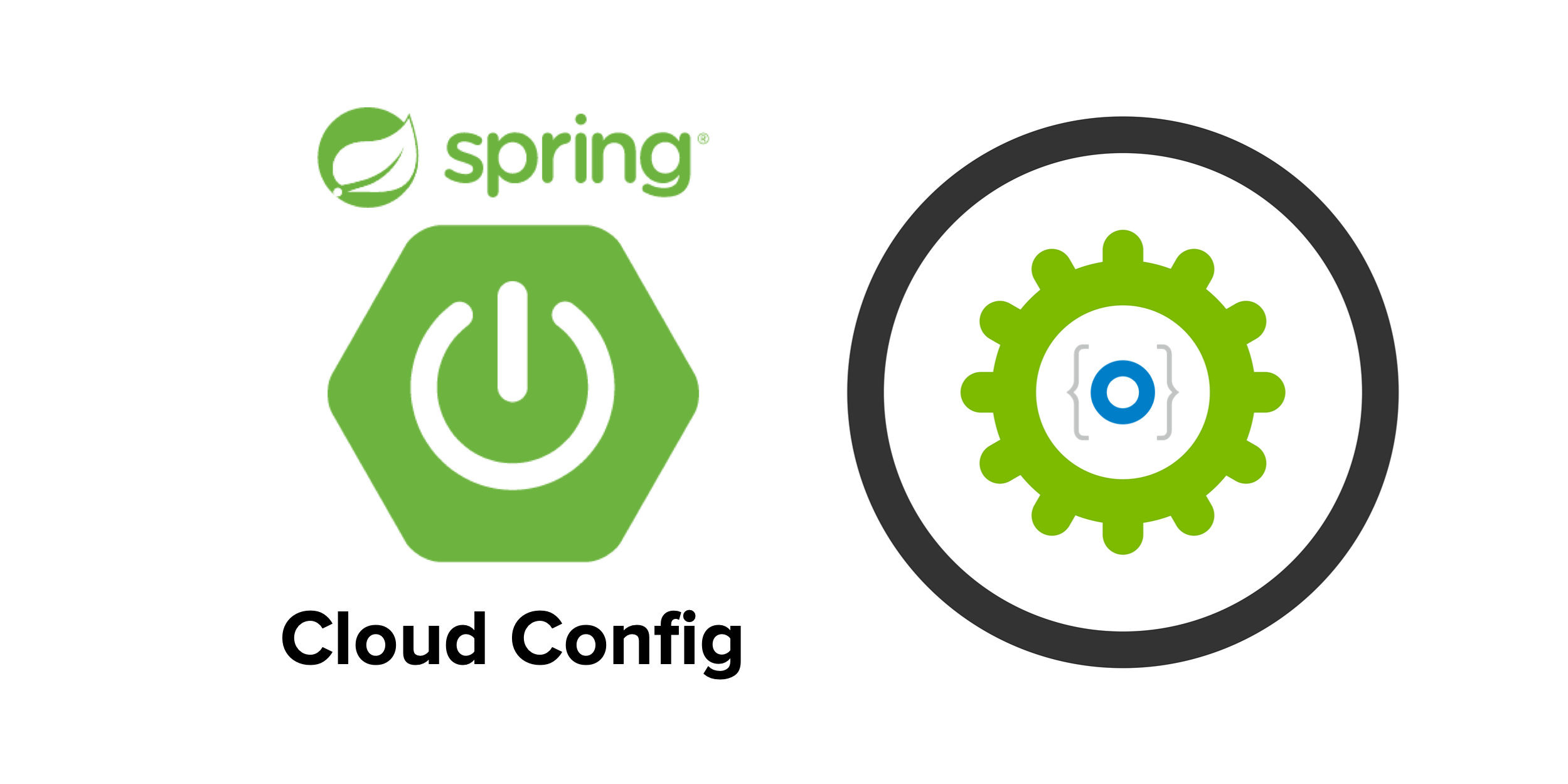This tutorial shows how to use Spring Cloud config to manage configuration properties for multiple Spring Boot applications from a single source.
The microservice architecture pattern, in which business functionality is distributed among many small atomic applications as opposed to one or two monolithic chunks, is very powerful and in wide use across large and small tech companies. Each piece has a narrow, well-defined task and communicates with other services via a shared channel (usually REST APIs).
The benefits of adopting a microservice architecture include:
- Easier maintenance and development of applications: developers and teams can focus on just one application resulting in more rapid development and reduced risk of unintentionally introducing bugs in the larger project.
- Improved fault tolerance: in a well-designed microservice architecture, one service’s failure will not crash the entire project.
- Flexibility: each service can be written in a language and framework that is appropriate to its mission, and each can be allocated the most appropriate hardware/infrastructure.
Spring Boot is a very popular framework for creating microservices quickly and easily. Due to its popularity, it is also extremely well-supported with plenty of technical guides and examples online.
It’s easy to create several, dozens, or even hundreds of microservices for your project with Spring Boot. One speed bump with this approach, however, is the configuration of all these services. Typically in Spring Boot, configuration is bundled with the application. This works fine for small, monolithic applications, but when dealing with dozens of services and potentially hundreds of configuration files, managing all of them can be a headache.
#spring-boot #microservice #developer #programming
